Rising Demand in E-commerce
The expansion of the e-commerce sector appears to be a pivotal driver for the Stretch and Shrink Film Market. As online shopping continues to gain traction, the need for efficient packaging solutions has surged. In 2025, the e-commerce market is projected to reach approximately 6 trillion USD, necessitating robust packaging materials to ensure product safety during transit. Stretch and shrink films are increasingly favored for their ability to secure products tightly, thereby reducing damage and enhancing customer satisfaction. This trend indicates a growing reliance on these films, as businesses seek to optimize their packaging processes and reduce costs. Consequently, the Stretch and Shrink Film Market is likely to experience substantial growth, driven by the evolving demands of e-commerce logistics.
Increased Focus on Food Safety
Food safety regulations are becoming more stringent, which seems to bolster the demand for stretch and shrink films in the food packaging sector. The Stretch and Shrink Film Market is witnessing a notable shift as manufacturers prioritize materials that comply with safety standards. In 2025, the food packaging segment is expected to account for a significant share of the market, driven by the need for protective packaging that extends shelf life and prevents contamination. Stretch films, in particular, are utilized for bundling and securing food products, ensuring they remain intact during transportation. This heightened focus on food safety not only enhances consumer trust but also propels the growth of the Stretch and Shrink Film Market, as companies invest in innovative packaging solutions.
Sustainability Trends in Packaging
The increasing emphasis on sustainability is reshaping the Stretch and Shrink Film Market. As consumers become more environmentally conscious, companies are compelled to adopt eco-friendly packaging solutions. The market is witnessing a rise in demand for biodegradable and recyclable stretch films, which align with sustainability goals. In 2025, it is anticipated that the market for sustainable packaging will reach approximately 400 billion USD, prompting manufacturers to innovate and develop greener alternatives. This shift not only addresses consumer preferences but also helps companies comply with regulatory requirements aimed at reducing plastic waste. Thus, the sustainability trend is likely to drive the growth of the Stretch and Shrink Film Market, as businesses seek to enhance their environmental credentials.
Growth in the Pharmaceutical Sector
The pharmaceutical industry is experiencing robust growth, which appears to be a significant driver for the Stretch and Shrink Film Market. As the demand for pharmaceutical products increases, the need for secure and compliant packaging solutions becomes paramount. Stretch and shrink films are widely used for packaging medications and medical devices, ensuring they remain protected from contamination and damage. In 2025, the pharmaceutical packaging market is projected to reach around 200 billion USD, indicating a substantial opportunity for the Stretch and Shrink Film Market. This growth is likely to be fueled by the rising prevalence of chronic diseases and the increasing focus on healthcare, thereby enhancing the demand for reliable packaging solutions.
Technological Innovations in Film Production
Technological advancements in film production are significantly influencing the Stretch and Shrink Film Market. Innovations such as improved extrusion techniques and the development of multi-layer films are enhancing the performance characteristics of stretch and shrink films. These advancements allow for better clarity, strength, and stretchability, which are crucial for various applications. In 2025, the market is expected to benefit from these technological improvements, as manufacturers strive to meet the diverse needs of end-users. Enhanced films not only provide better protection for products but also contribute to cost savings in packaging processes. Therefore, the ongoing technological innovations are likely to play a crucial role in shaping the future of the Stretch and Shrink Film Market.


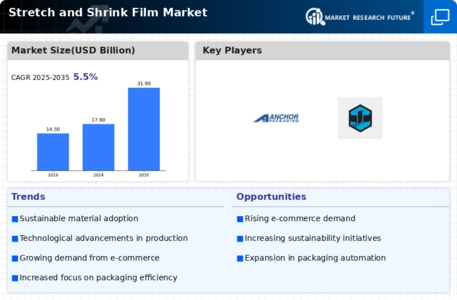
 Source: Secondary Research, Primary Research, Market Research Future Database and Analyst Review
Source: Secondary Research, Primary Research, Market Research Future Database and Analyst Review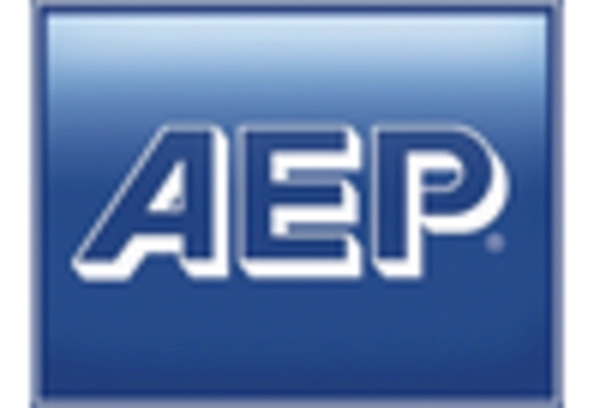
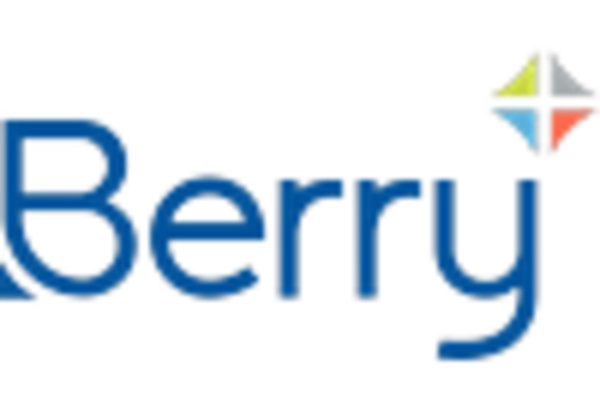
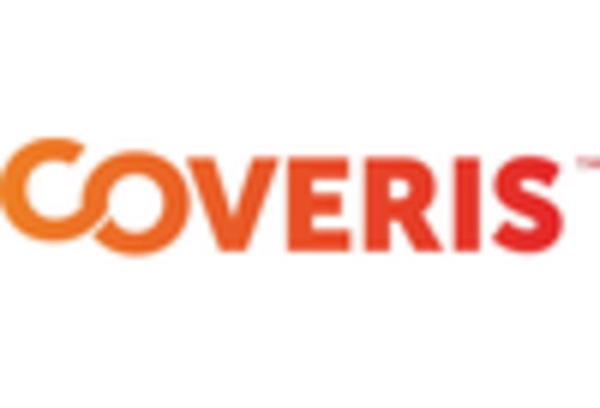
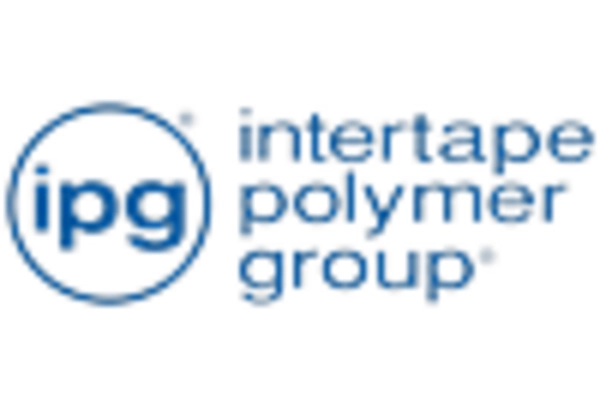
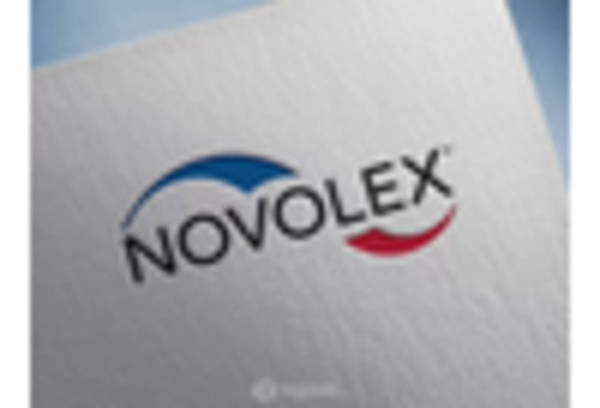
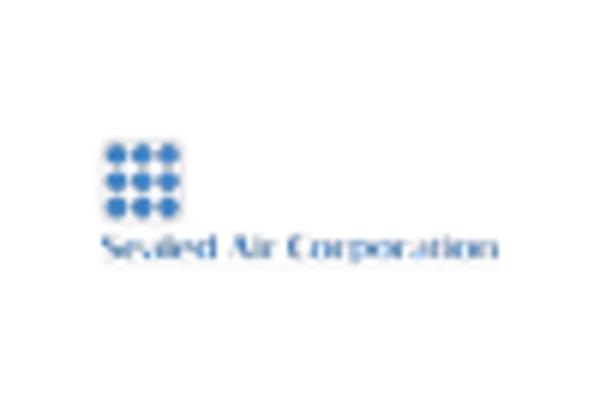








Leave a Comment